My husband and I just returned from an exciting week in New York for a 29-hour reading of our show Come Find Me (now known as TRUE NORTH: A Magical New Holiday Musical) at the York Theatre. We’ve done table readings, concert readings, and staged readings of our show, but this was the first official 29-hour reading. It was an amazing experience, and I took lots of notes and will be sharing what we learned over several posts.
Before we get too far in, let’s talk about what this 29-hour thing is anyway.
What is a 29-hour reading?
Basically, a 29-hour reading is an agreement through Actors Equity Association that allows equity actors to be involved without a contract. An actor is restricted to 29 hours of work which is spread among rehearsals and performances. There is no choreography, props, or costumes, and actors are on book (script in hand) and typically behind music stands with very minimal staging. 29-hour readings can only be performed for an invited audience and can’t be videotaped or recorded. Actors are provided a base stipend plus travel reimbursement.
What is the purpose?
The 29-hour reading allows commercial producers to engage AEA talent for the sole purpose of presenting a reading of a work; i.e. allowing producers to put a work its feet – to test the rhythm of the piece with live actors in front of a live audience.1
What was different about the 29-hour reading versus the other readings we have done? Well, it was in New York. Which kicks everything up to a completely new level. This was playing in a completely different sandbox. There was a professional (with Broadway creds!) creative team and cast in place who pushed our show to its max—or at least as far as it could go in 29 hours. These were the people who made it happen (article to come: The 29-hour reading – Roles & Responsibilities).
Being in New York also just made us feel legit. Like we were serious about moving our show forward, and willing to do what it takes to get it to the next level.
A few other articles on 29-hour readings:
Live-Stage Development: The 29-Hour Reading
Huffington Post: Developing a Show: Actors v. Producers
Getting to The York
We’ve been working on our musical for around 5 years. It began with a different title, different story, different music, and different end goal. So how is it the same show? Well, a nugget of the original idea remains as well as a couple of characters. But overall, it’s morphed into something completely new.
Don’t be afraid of that. Let the show breathe and change and grow.
It has been two steps forward and one step back, year over year. Writing and fighting. (Literally….my writing partner is my husband, so we have definitely tested our marriage through the process!!).
We have had 4 full script reviews with written feedback and consultations. Many of the critiques were difficult to hear, but without them, our story and show wouldn’t have been able to move forward. They were critical diagnostics that required us to do grueling, painful, yet life-saving surgeries. That takes time, and even moreso a willing spirit. If you’re working on a show and haven’t had a script review, I HIGHLY recommend it. It’s my #2 piece of advice I give to new writers. (What’s #1? Self-diagnose first using the 7 Plot Points.)
As mentioned above, we’ve had many readings, both for our creative benefit as well as for audience feedback. Roughly every six months or so, we did something, followed by extensive rewrites.
It’s a looooong process. For example, our timeline thus far:
- Script Review (March 2017)
- 45-minute Staged Reading (July 2017)
- Table Reading (September 2017)
- Script Review (October 2017)
- Full Staged Reading (May 2018)
- Script Review (September 2018)
- Concert Reading (December 2018)
- Script Review (March 2019)
- Table Reading (May 2019)
- Full Staged Reading (July 2019)
- 29-hour Reading (October 2019)
There have been times where we had to get away from it for a while, like after receiving an especially thorough script review. But as you can see, we kept leaning in to what was next. All this while, I kept pitching, rewriting, networking…pitching, rewriting, networking…ad infinitum.
Early in 2019, I was showing our concert program to colleagues in Ken Davenport’s PRO group, and a York Theatre staff member was intrigued and asked me to send our pitch packet (BE SURE YOU HAVE ONE!!!). In a moment of magic, we were invited to be a part of the York’s Developmental Reading Series.
I was still aggressively pitching the show, and around that same time a commercial producer responded with some interest. He said he would love to be involved and suggested a 29-hour reading. So he and the York began working together, which allowed us to raise money as tax-deductible donations to the York, while having an executive producer attached to guide and build an amazing team.
That’s our path to a 29-hour reading, and it may not look exactly like yours. But I share it to encourage you to CREATE ONE!
Two Takeaways:
- Don’t stop seeking advice and rewriting. Continue to do everything you can to make the show better.
- Self-produce your show until you find someone else who will produce it for you! You’ll continue to learn where the show needs work, you’ll exercise your producing muscles, and you’ll keep the show moving forward.
Next up: The 29-hour Reading: Roles and Responsibilities
Need help moving your show forward? We have a team who can walk beside you. For an intense, 12-month development program, check out the MusicalWriters Development Series. Interested in personal coaching? Contact us here.

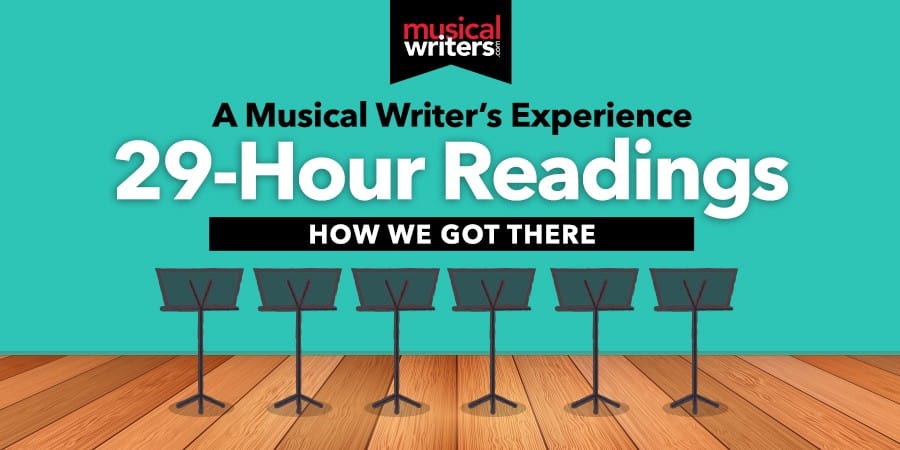

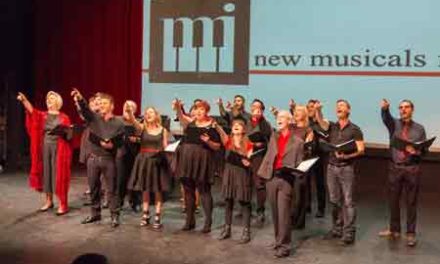

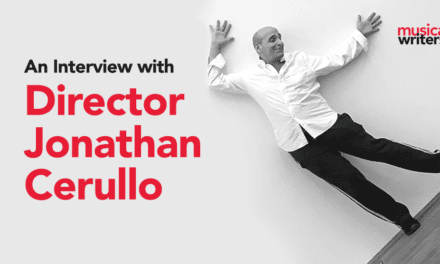
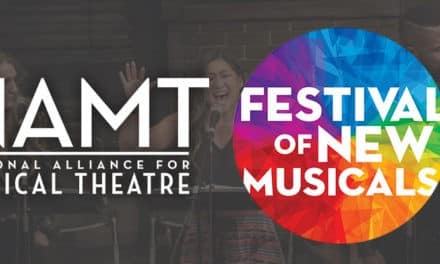

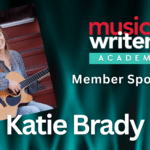
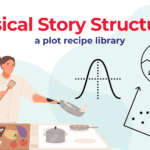




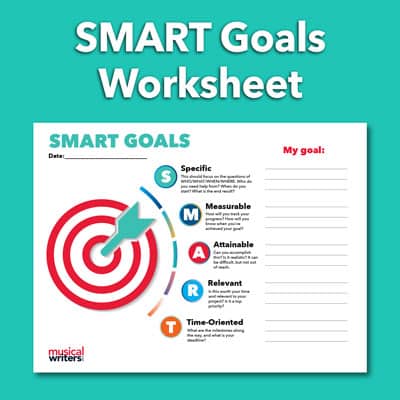
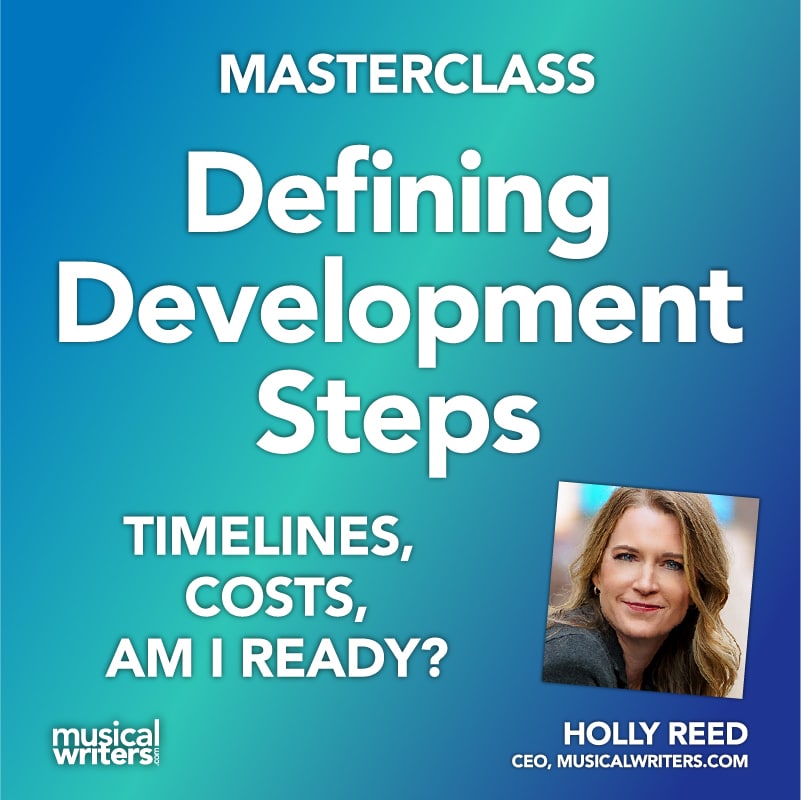
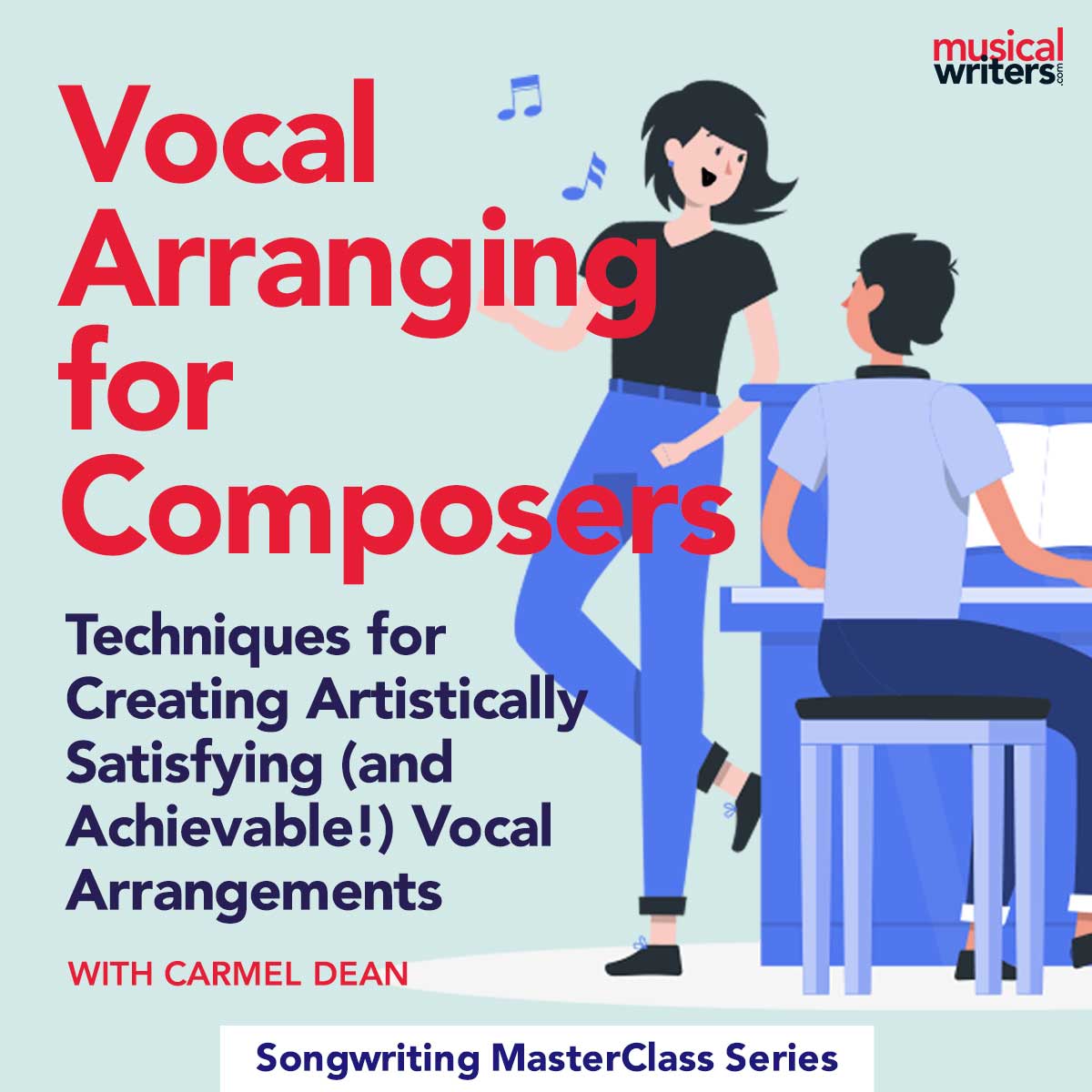
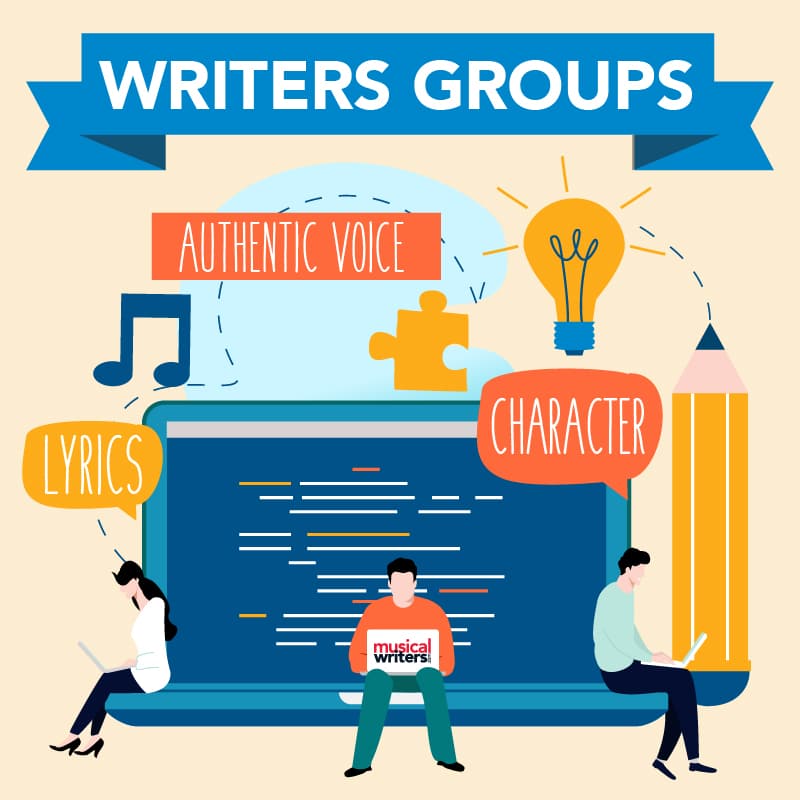
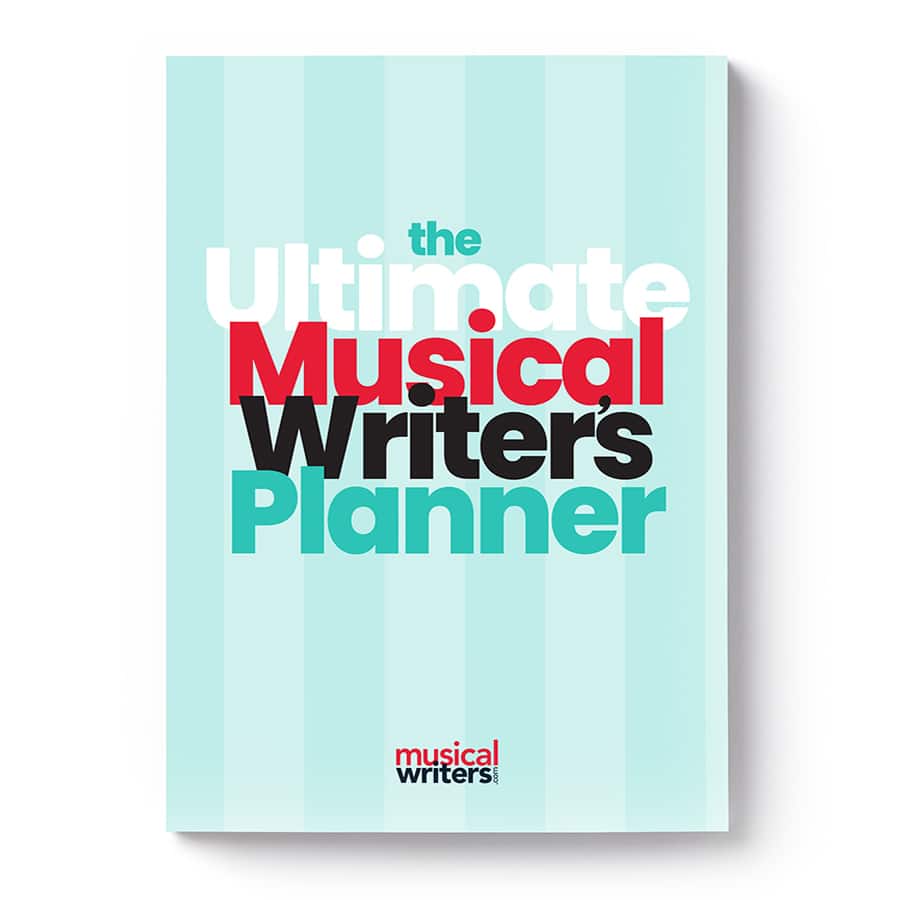

Thanks Holly. I enjoyed listening to your songs and wish you all the best with your show.
My original question was -what is a 29 hour reading and I’m assuming that it can ‘t be done all at once. Perhaps it was broken up and I was wondering if the actors get paid for it.
I did, however, see on top the answers to some of my questions.
My other question is—is it absolutely necessary to do a 29 hour reading or are there other options?
Thanks,
Loreen
Loreen, thanks so much for your questions! Here’s what I know from our experience:
1. The 29 hours includes all rehearsal and performance times. So figuring in 2 performances which totaled around 5 hours, we were left with around 24 hours to use for rehearsals. We rehearsed Wednesday through Sunday for roughly 5 hours each (with required equity breaks).
2. Yes, the actors are paid. We operated under the AEA 29-hour readings agreement which establishes a minimum for the actors. We, however, paid well above minimum. That’s really at your discretion.
3. The need and effectiveness of a 29-hour reading is highly dependent on where your show is developmentally and what your goals are. Feel free to email me at hollyr@musicalwriters.com if you want to discuss that in more detail.